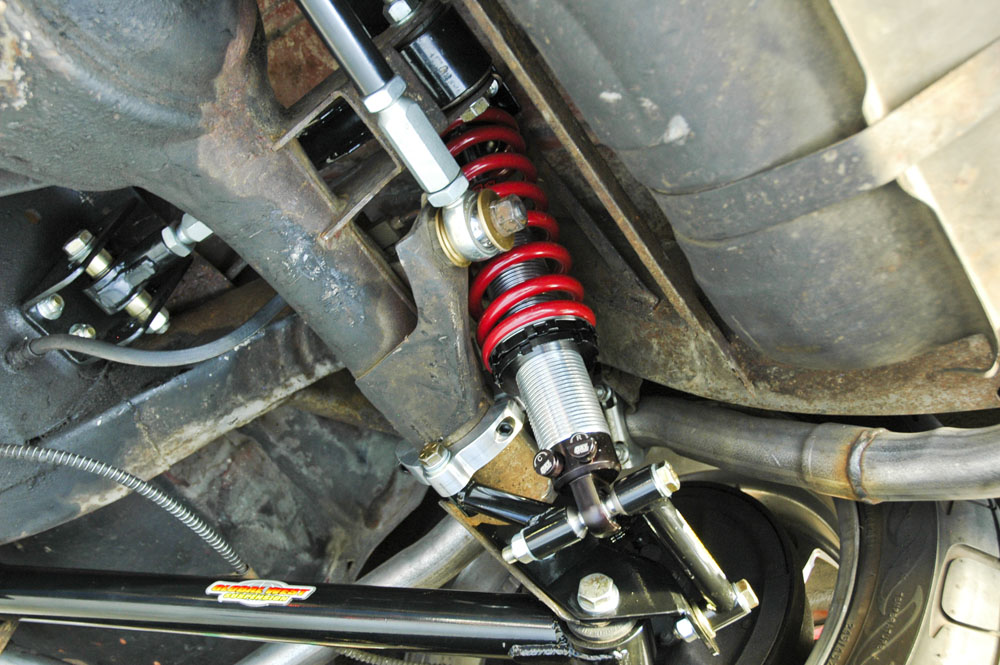
If you’re active in the car community you’ve probably heard of VTEC.
It has been praised, condemned, and even memed. But what actually is it? VTEC is a type of Variable Valve Timing & Lift Electronic Control system (hence the abbreviation VTEC). I also want to add that VTEC is exclusive to Honda’s; it’s their own take on a VVT system that they’ve branded themselves. It was developed by Honda to improve the volumetric efficiency of a four-stroke internal combustion engine, resulting in higher performance at high RPM, and lower fuel consumption at low RPM. The VTEC system uses two (or occasionally three) camshaft profiles and hydraulically selects between profiles.
According to Wikipedia “The VTEC system provides the engine with valve timing optimized for both low and high RPM operations. In basic form, the single cam lobe and follower/rocker arm of a conventional engine is replaced with a locking multi-part rocker arm and two cam profiles: one optimized for low-RPM stability and fuel efficiency, and the other designed to maximize high-RPM power output. The switching operation between the two cam lobes is controlled by the ECU which takes account of engine oil pressure, engine temperature, vehicle speed, engine speed and throttle position. Using these inputs, the ECU is programmed to switch from the low lift to the high lift cam lobes when certain conditions are met. At the switch point a solenoid is actuated that allows oil pressure from a spool valve to operate a locking pin which binds the high RPM rocker arm to the low RPM ones. From this point on, the valves open and close according to the high-lift profile, which opens the valve further and for a longer time. The switch-over point is variable, between a minimum and maximum point, and is determined by engine load. The switch-down back from high to low RPM cams is set to occur at a lower engine speed than the switch-up (representing a hysteresis cycle) to avoid a situation in which the engine is asked to operate continuously at or around the switch-over point.”